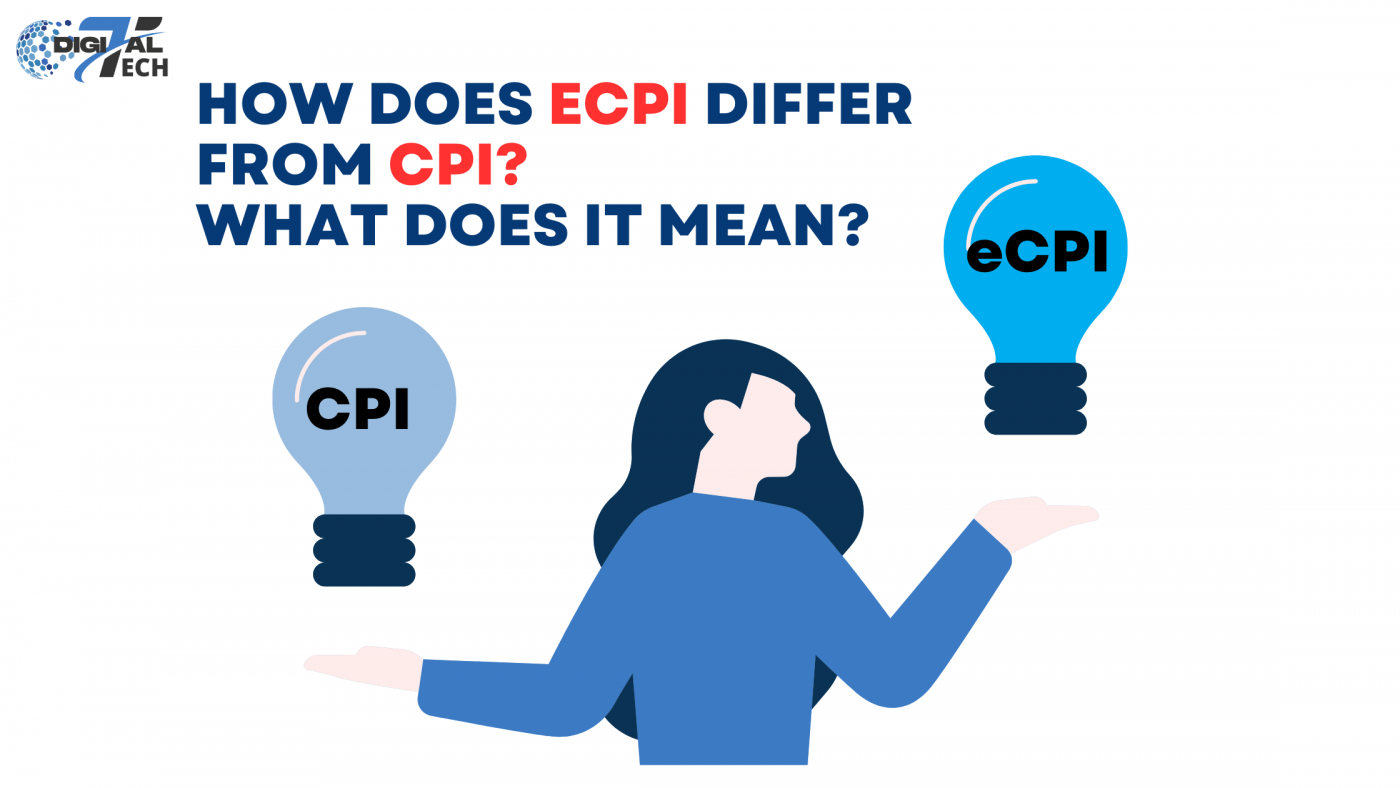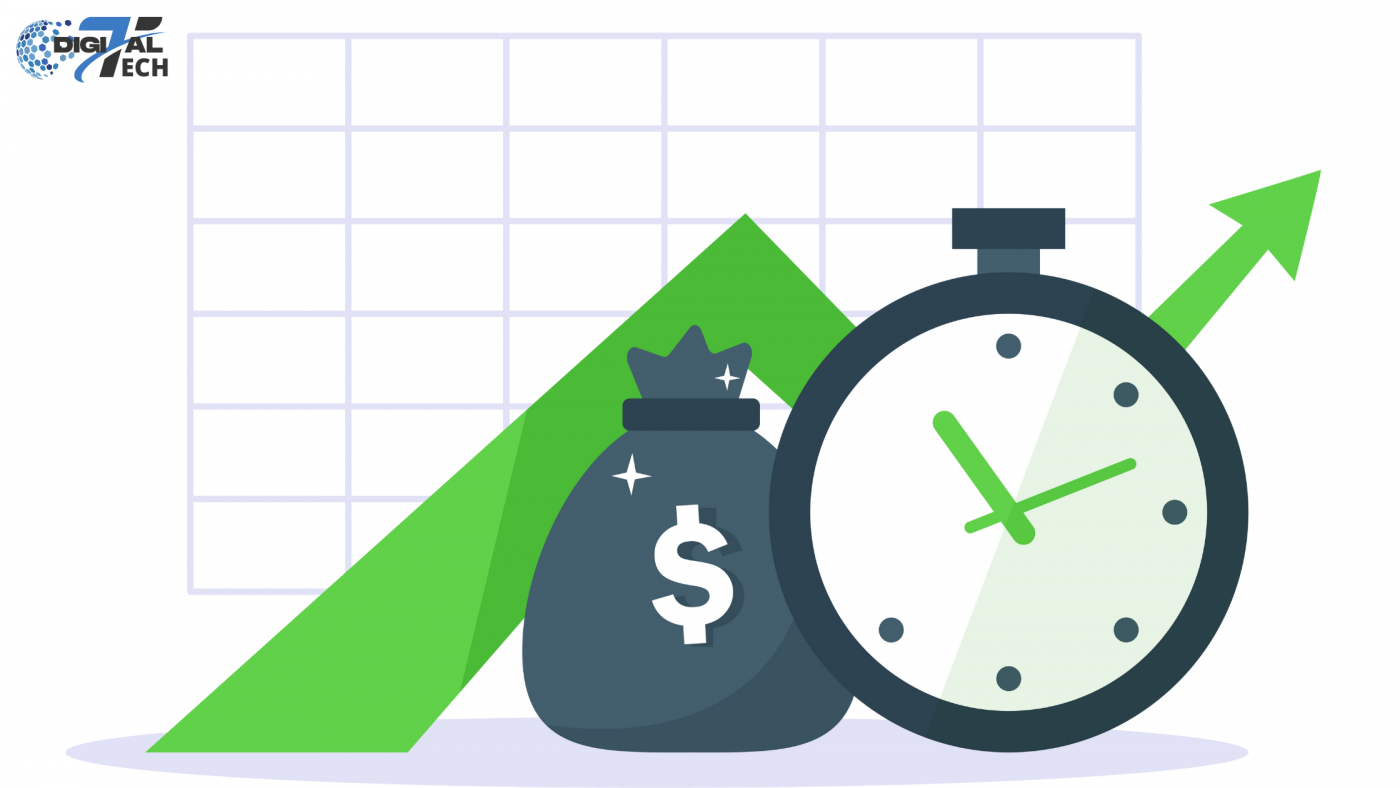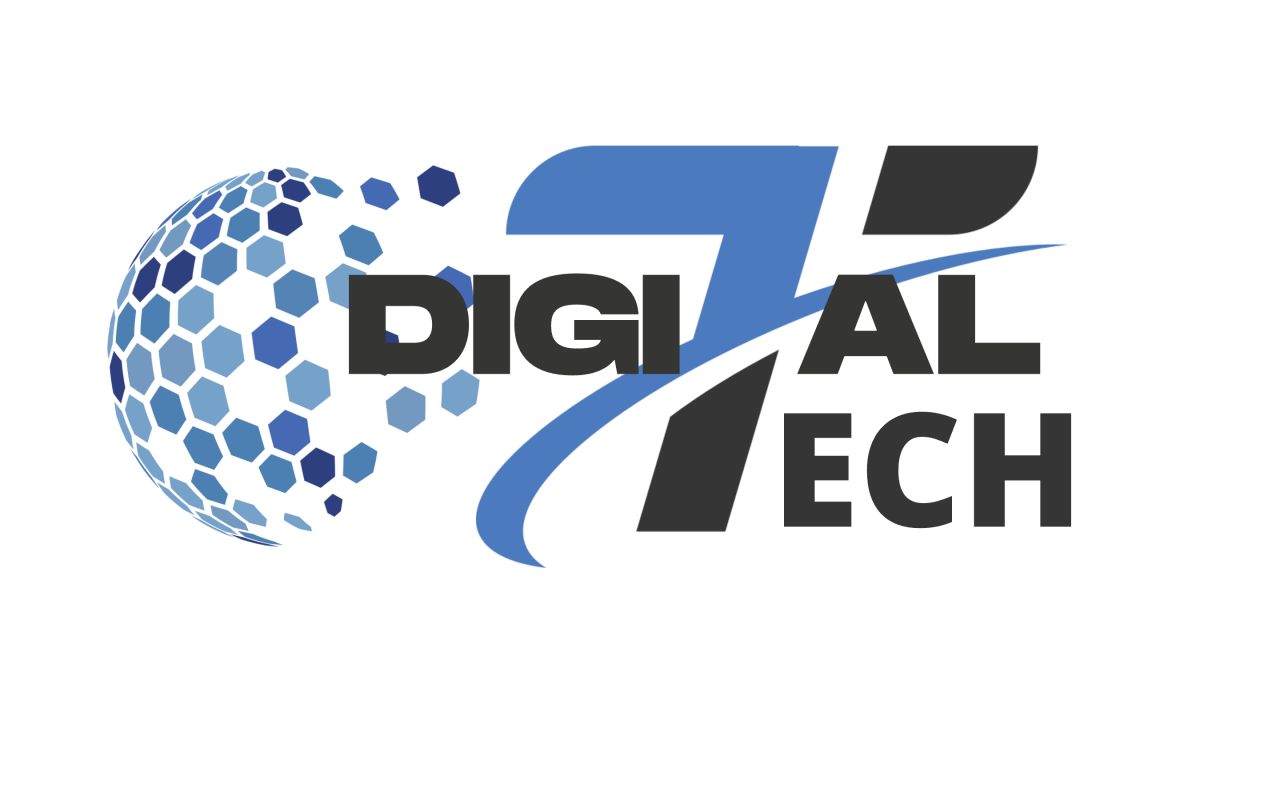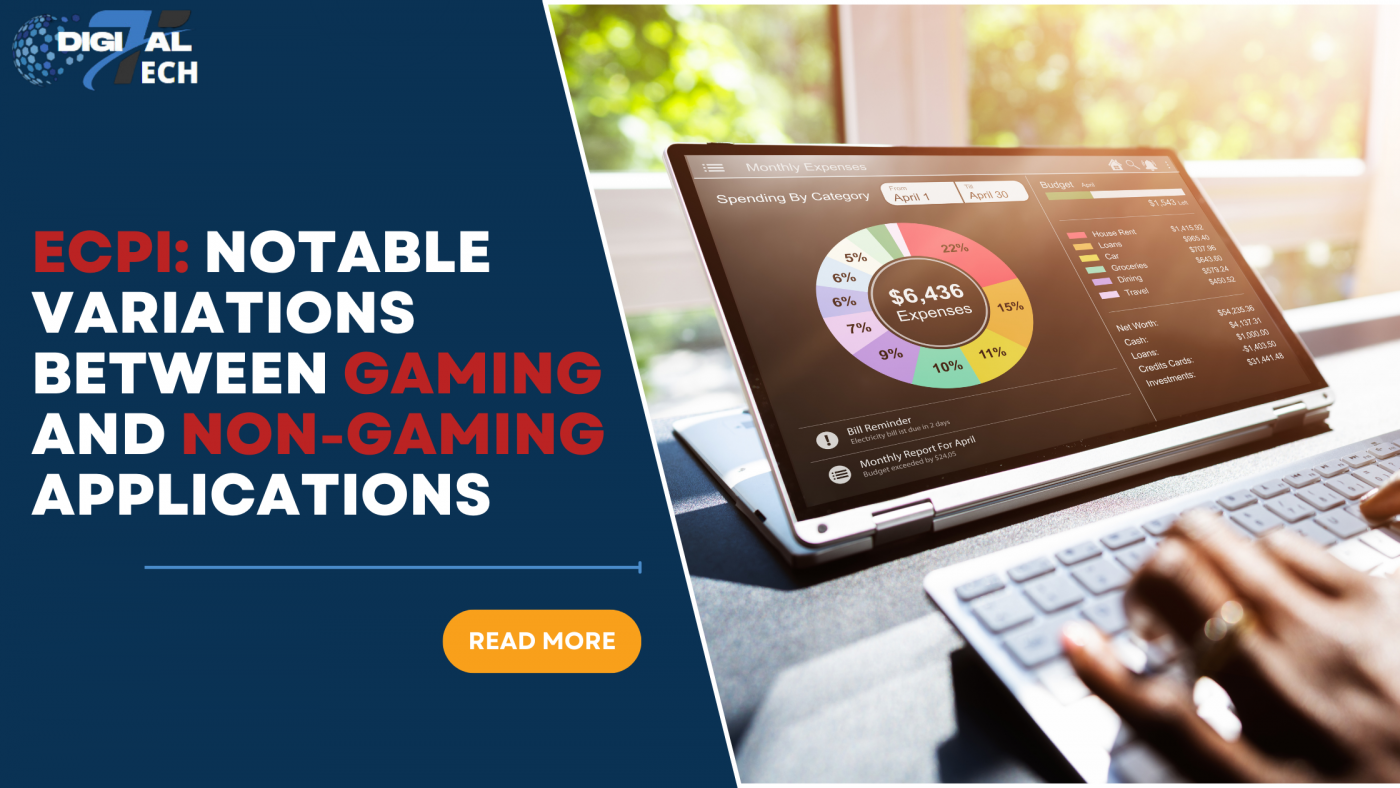The two primary pricing methods used in user acquisition campaigns for mobile games and apps are cost per action (CPA) and cost per install (CPI).
In this post, we’ll focus on eCPI because it’s a crucial indicator of the actual revenue from new installs.
1. How does eCPI differ from CPI, and what does it mean?
Effective cost per install, or eCPI, is a marketing measure. This statistic, which includes all campaign-related expenses such as mobile spend, creative production, and other direct campaign-related costs, illustrates the true cost that marketers must pay publishers for each new app install.

How does eCPI differ from CPI, and what does it mean?
Although eCPI and CPI appear to be almost identical, they differ primarily in two ways:
- The effective cost per install takes into account organic variations in a marketing campaign, giving a more complete picture of the overall cost.
- The price per install in eCPI is determined following the campaign
This is how the effective cost per install is determined:
eCPI = Total ad spend / Total number of installs
2. Why is eCPI useful?
eCPI stands out as a particularly important indicator among the several metrics available to measure the success of marketing initiatives since it offers insight into the efficacy and performance of your campaign.
Effective cost per install is essential for maximizing campaign performance for the following reasons:
1. A thorough overview of costs

A thorough overview of costs
By including all related costs, eCPI offers a more complete picture of the cost per install, helping businesses better understand the true cost of recruiting new users.
2. Budget optimization

Budget optimization
Marketers may determine which campaigns are the most cost-effective and effectively allocate their funds by examining effective cost per install. Budget allocation can be more intelligently done for campaigns with a lower eCPI since they show a higher ROI.
3. Long-term planning

Long-term planning
Examining eCPI patterns over time can reveal information about how effective marketing tactics are in the long run. Setting reasonable user acquisition targets for your campaign and planning future campaigns both depend this data.
3. Dispartities in eCPI between apps for gaming and non-gaming
Due to several factors influencing user acquisition techniques and market dynamics, there is a substantial difference in eCPI between gaming and non-gaming apps. These considerations include:
1. Gaming apps
Because of the fierce rivalry in the gaming industry and high value placed on each new user, gaming apps often have higher eCPIs. These users may participate in in-app events or watch advertisements in between levels, which can result in significant revenue. Because gaming apps are engrossing and engaging, it is frequently necessary to run more involved and costly marketing efforts in order to draw in new users and keep existing ones.
Furthermore, it’s critical to emphasize that in-app advertisement (IAAs) are the primary means of revenue for hyper-casual games, and their primary objective is to attract a sizable user base at a reduced cost.
However, users need to put in more effort and dedication for strategy and role-playing games, and they pay for these games through in-app purchases (IAPs). As a result, game developers are willing to pay higher eCPIs to acquire premium users.
2. Non-gaming apps
Conversely, non-gaming apps typically have a lower eCPI because they tend to target larger, less competitive user bases and don’t always require as strong of a marketing strategy. In this instance, CPA might be selected as the favored statistic above eCPI, in contrast to gaming apps. It’s crucial to keep in mind that non-gaming applications make money via in-app transactions like deposits, purchases, and subscriptions. It is therefore more practical to take into account the expense of creating post-install events rather than eCPI when it comes to non-gaming apps.
The disparity between these two app categories eventually affects the cost-effectiveness of user acquisition efforts since it represents the various user engagement patterns and revenue generation tactics associated with each app category.
4. Conclution
To maximize user acquisition tactics, mobile app marketers must focus on eCPI. This essential measure provides advertisers with a thorough understanding of the true cost of gaining new customers. With this knowledge, they can make data-driven decisions that optimize campaign effectiveness, maximize return on investment, and foster long-term growth.
There are numerous factors that can affect eCPI. One important aspect affecting the effective cost per install (eCPI) is the app category. Because of this, it’s critical to understand how eCPI varies for gaming and non-gaming apps in order to tailor your campaign to the specific category of your app.

